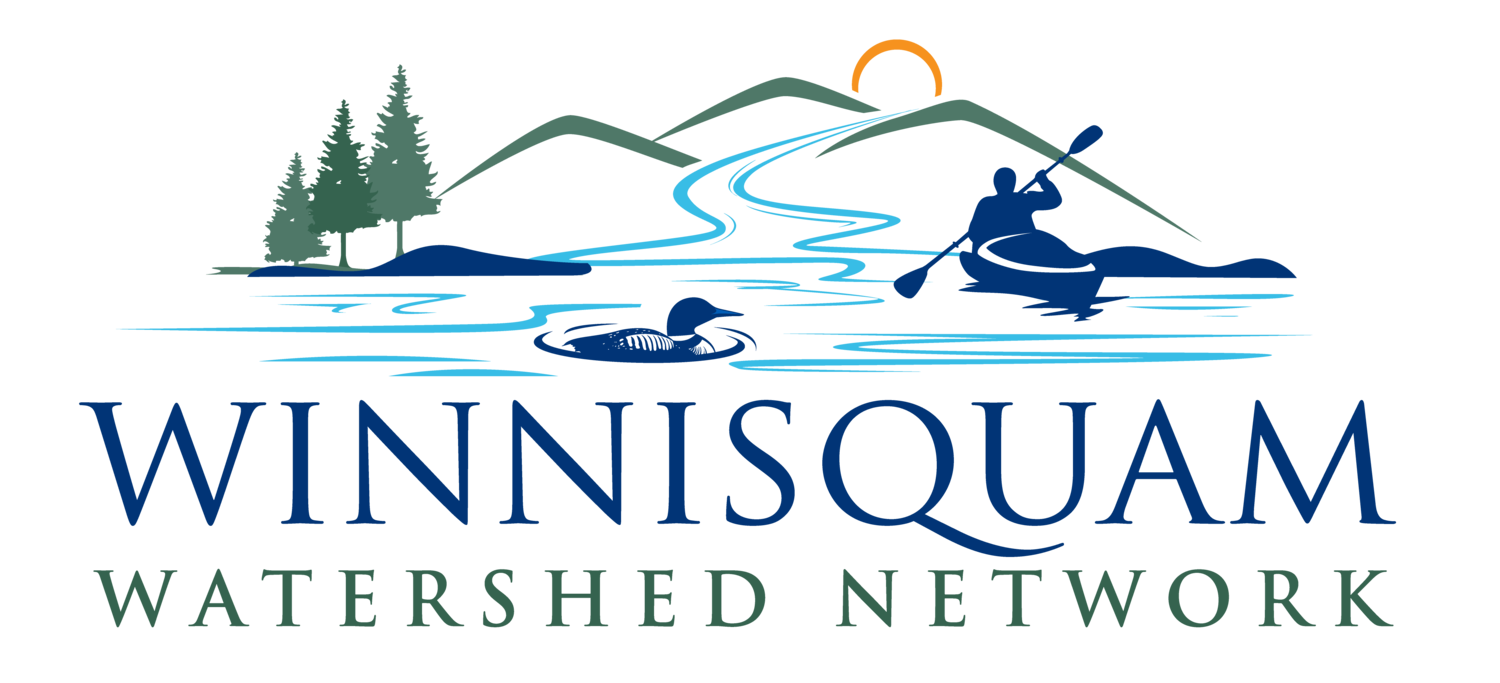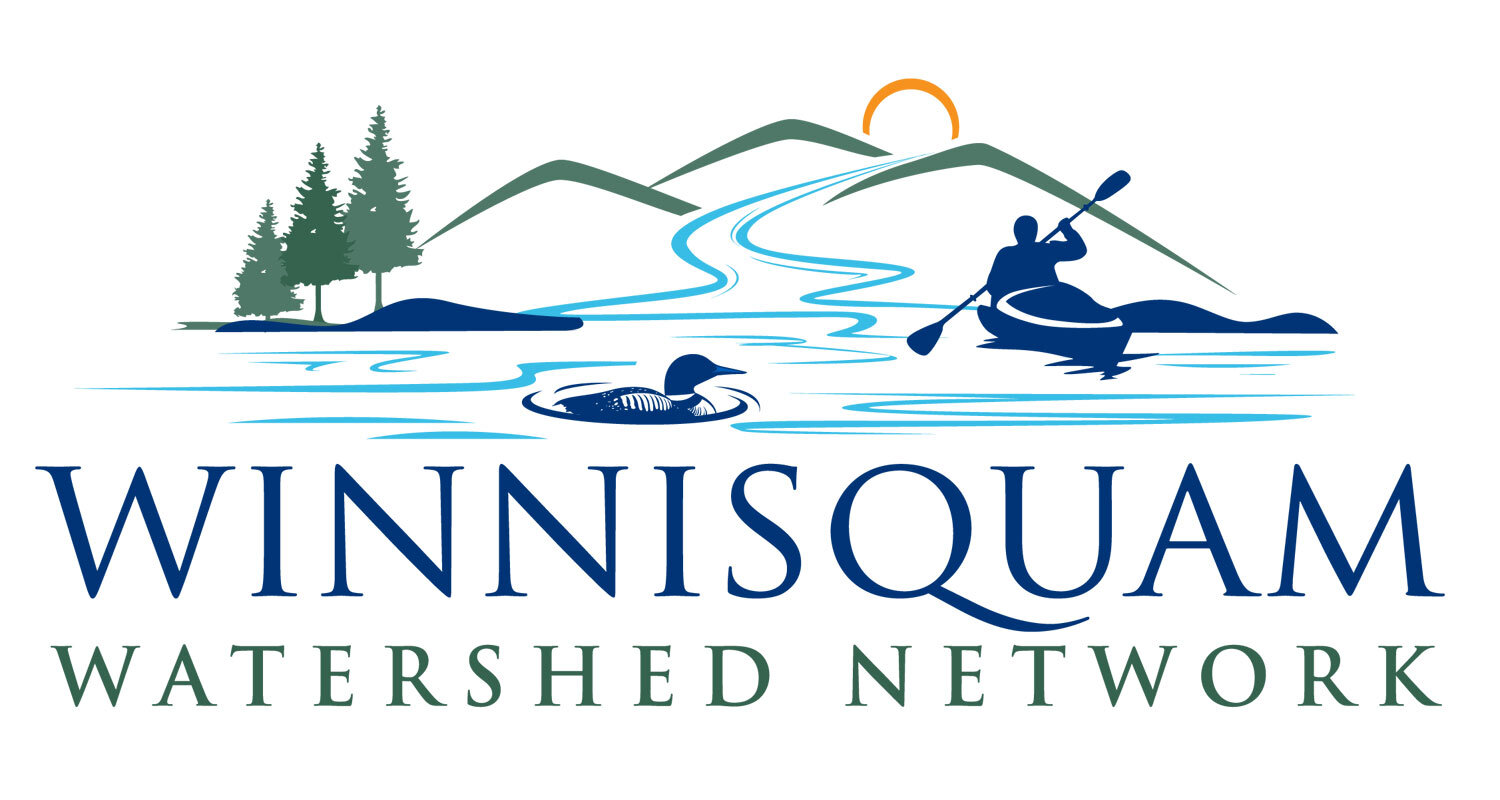
Weed Watcher Program
The WWN’s Weed Watcher Program draws on volunteers from around the lake who periodically patrol the shoreline and near-shore areas in their location to look for any new, potentially invasive species of plants or animals. The lake shoreline is split into 24 areas that are patrolled on a monthly basis, June through September. The purpose of the program is to identify the presence of any new invasives or new growth of an existing invasive before it gets to be a problem. In our first year of the program our weed-watchers identified several new areas of variable milfoil that were added to the comprehensive milfoil plan. You can find more information on Aquatic Invasive Species here.
If you’d like to help out, we’re looking for new Weed Watchers. You can volunteer and be assigned an area near your residence. The NHDES Exotic Species Program provides training materials to all of our volunteers. To learn more about the NHDES Weed Watcher Program click here.
Weed watchers: Click on the button above to fill out the Weed Watcher Report after each weed watching session to let us know that you completed your monthly survey and if you found a suspicious plant growth or animal.
Variable Milfoil
2024 Campaign
Thanks to the careful inspection of one of our weed watchers, a new area of variable milfoil was found and subsequently treated this summer. The milfoil was found adjacent to the island house in the north end of the lake near the Loon Sanctuary. The location was reported to and confirmed by NHDES, Amy Smagula. The area was included in the herbicide treatment during August when other areas of milfoil were treated.
WWN wants to thank all who participate in the program, and Bill Esrich for coordinating the program over the past 6 years. This is the second year that a new growth of milfoil has been found by a weedwatcher. The first was in 2018 during our very first year of the program when five new areas of milfoil were discovered by our weed watchers and subsequently were removed using diver-assisted harvesting.


